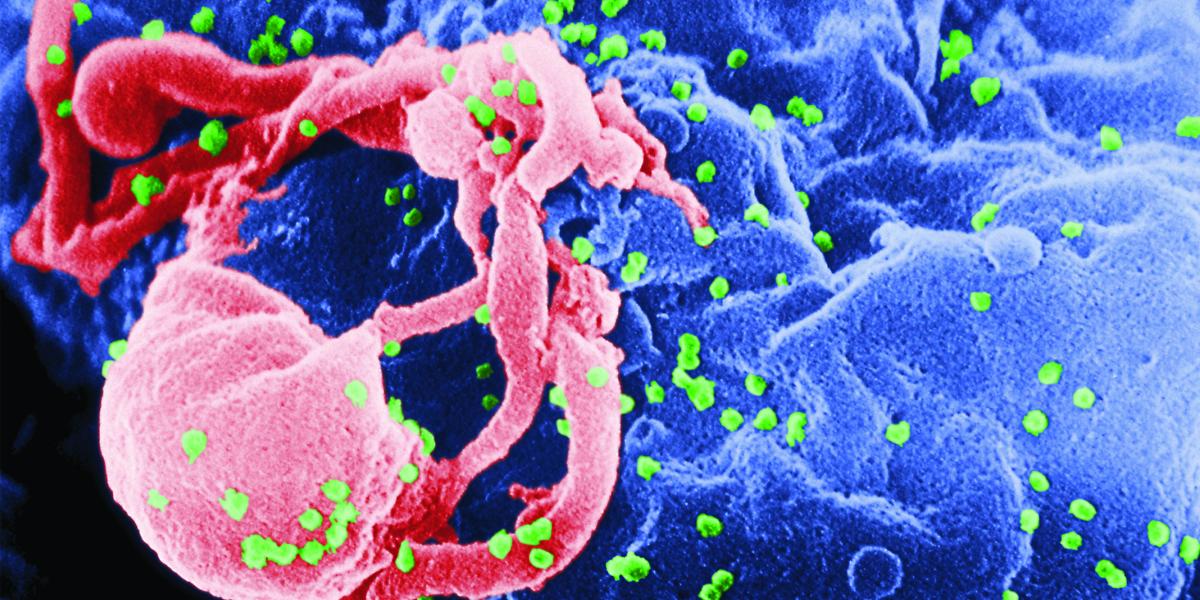A Second Look at HIV Estimates
When it hit this summer, the news was a public health bombshell: A JAMA study declared that the annual rate of new HIV infections in the U.S. is as much as 40 percent higher than long-accepted estimates.
For Ron Brookmeyer, PhD, a co-author of the study, who developed the statistical model on which the new, more accurate HIV incidence estimates are based, the research is the latest chapter in his 25 years of work to better measure the AIDS epidemic.
"This is a new tool that we didn't have before to monitor the epidemic and calculate incidence," says Brookmeyer, a Biostatistics professor.
The study, which garnered worldwide attention, puts 2006 HIV incidence in the U.S. at 56,000. For more than a decade, the CDC had issued annual reports that the number of new infections was holding steady at about 40,000 per year.
Brookmeyer cautions, however, that a direct comparison with earlier estimates is difficult because the methodologies are different. "We're saying that it [HIV incidence] looks like it's probably closer to 56,000," he says. "The 40,000 is based on cruder methodology."
Researchers arrived at the new HIV estimates through improved laboratory and statistical tools that can more precisely detect when a person became infected with the HIV virus.
The advances will allow public health officials to identify trends and demographic shifts earlier than with previous monitoring systems.
The methodology builds on work that Brookmeyer and Johns Hopkins Center for Global Healthdirector Tom Quinn, MD, did in 1995, which "merged" statistical and lab science to generate more accurate incidence data. Working with the biomarker p24—an antigen present shortly after HIV infection—Brookmeyer developed a statistical formula to determine its duration in the blood.
"CDC took the kernel of that idea and used it to develop a better assay," Brookmeyer says.
Using the new antibody assay, which distinguishes recent HIV infections (on average, within 150 days) from those that are considered long-term, researchers found 31 percent of 6,864 blood samples to be new cases of HIV. After applying Brookmeyer's statistical models to the lab data, the results revealed the higher national HIV incidence.
"It was a merger of statistical methods with the lab, and we've got to do more of that cross-fertilization," Brookmeyer says. "That's where the discoveries happen and how we make the most advances."
